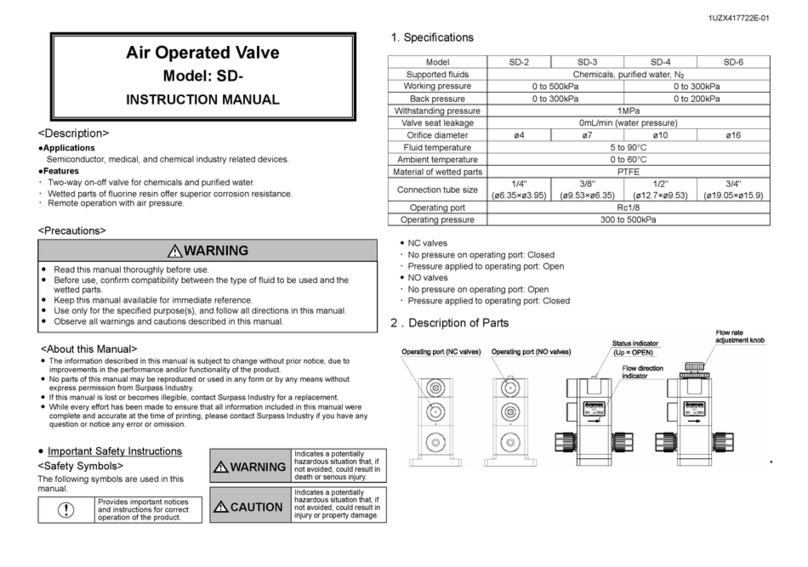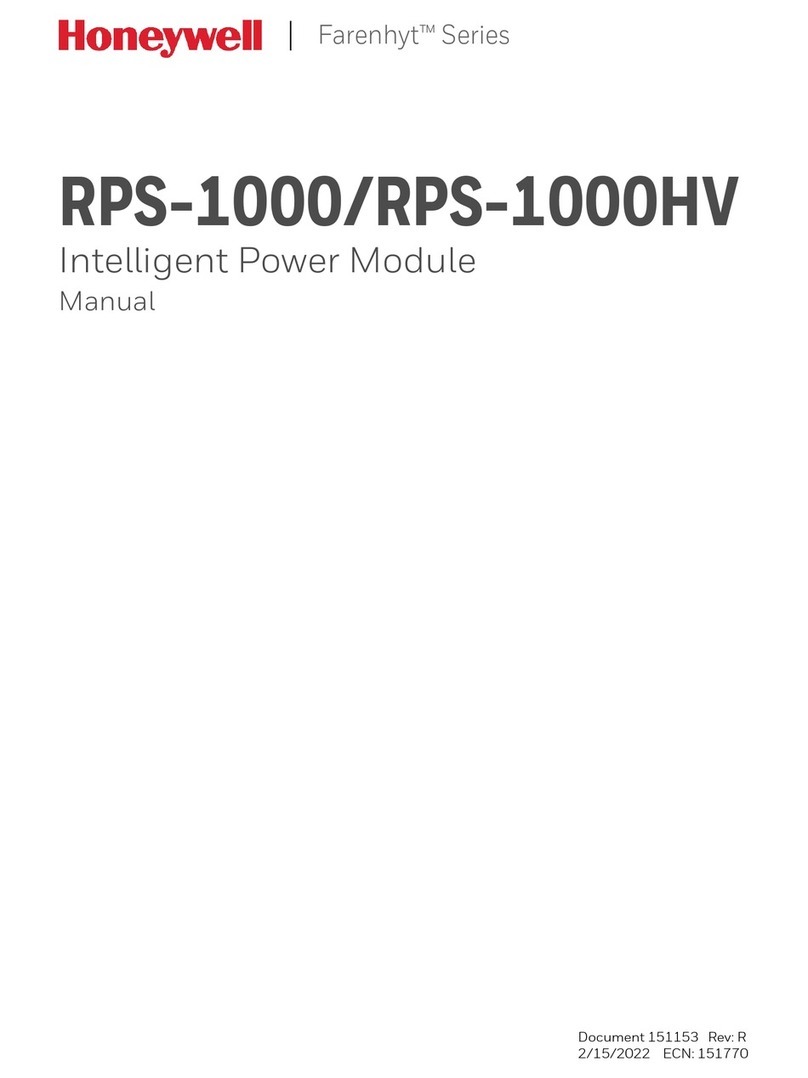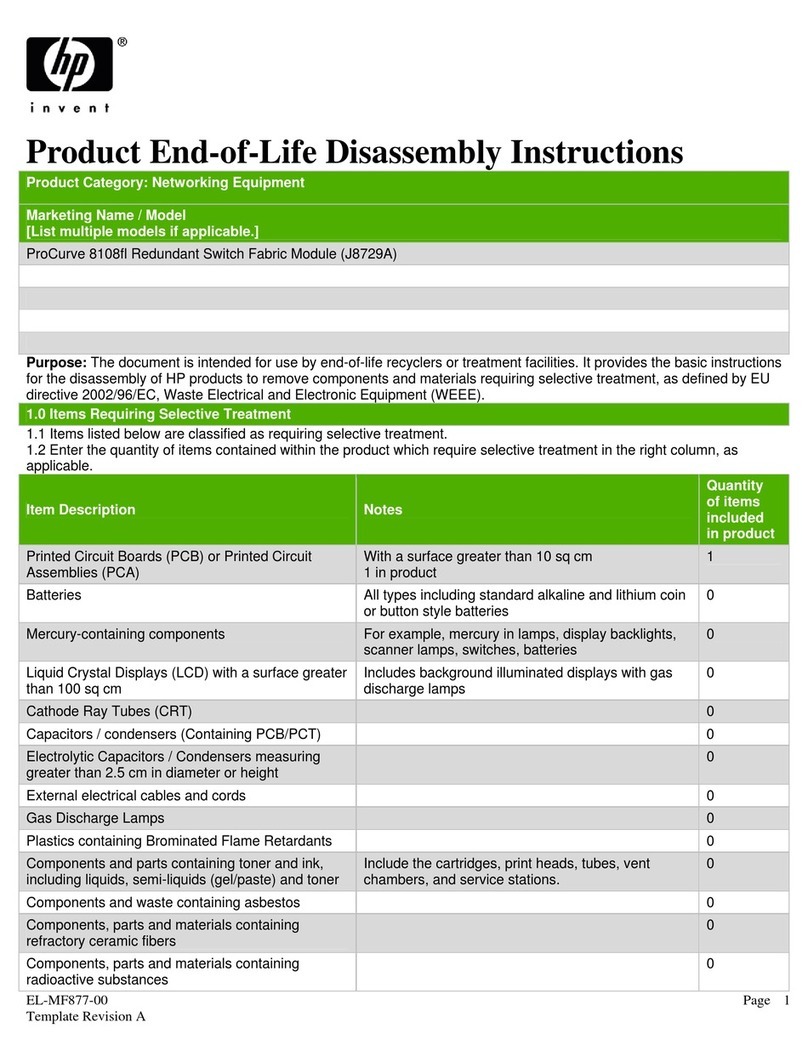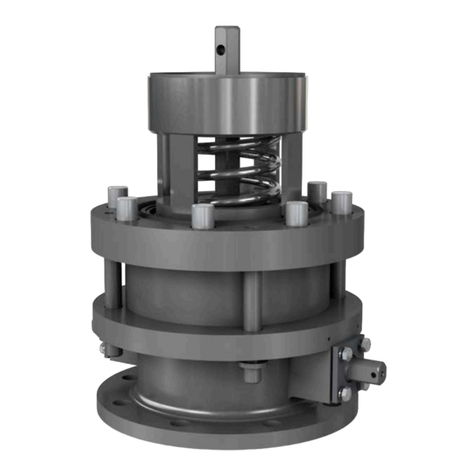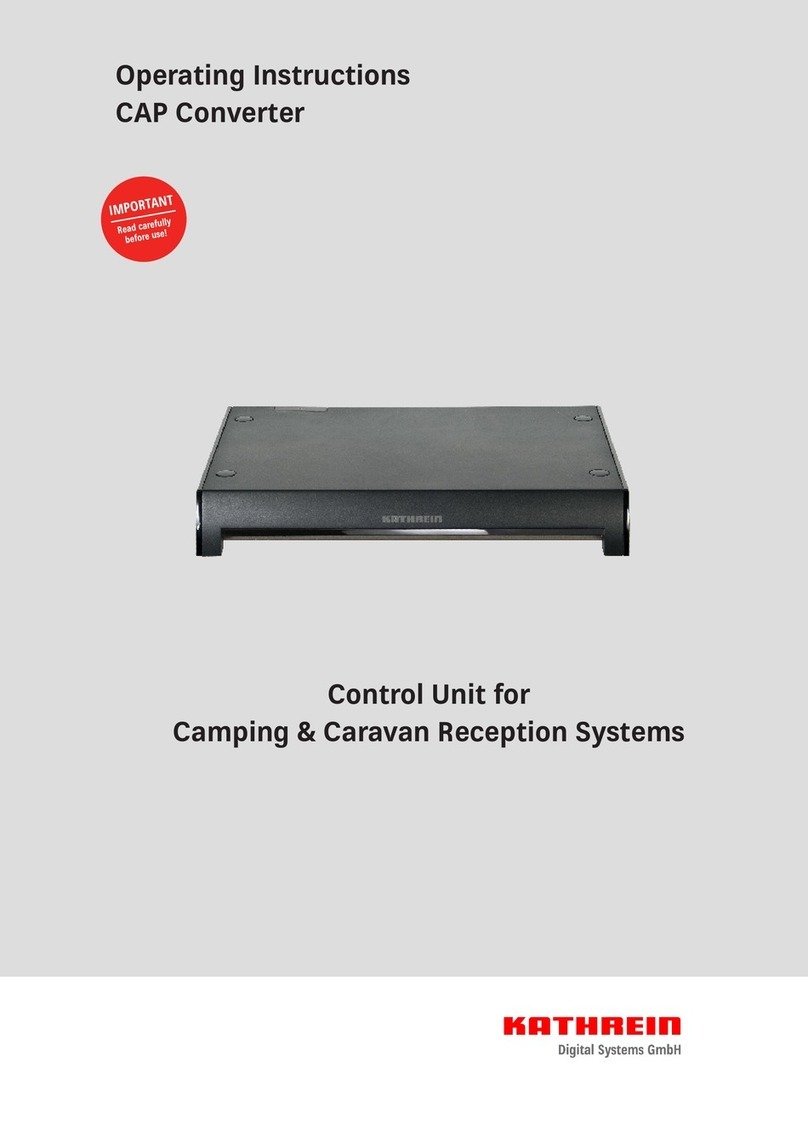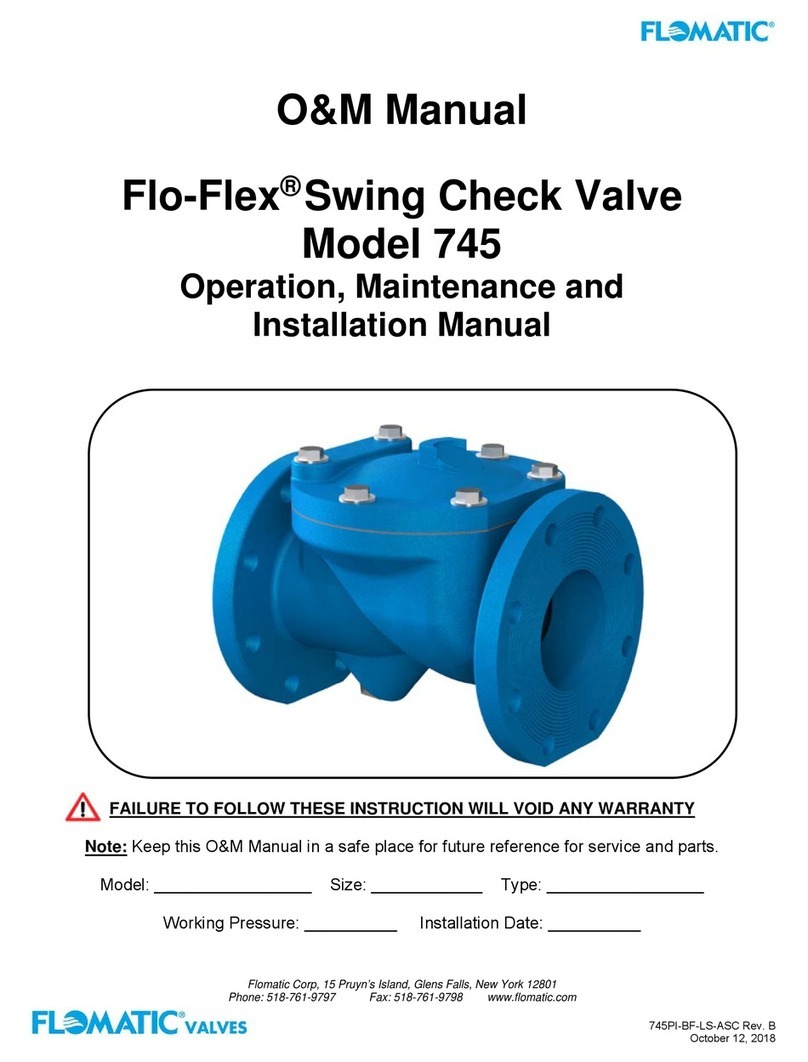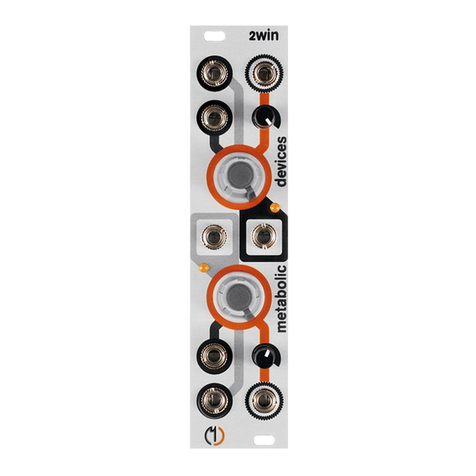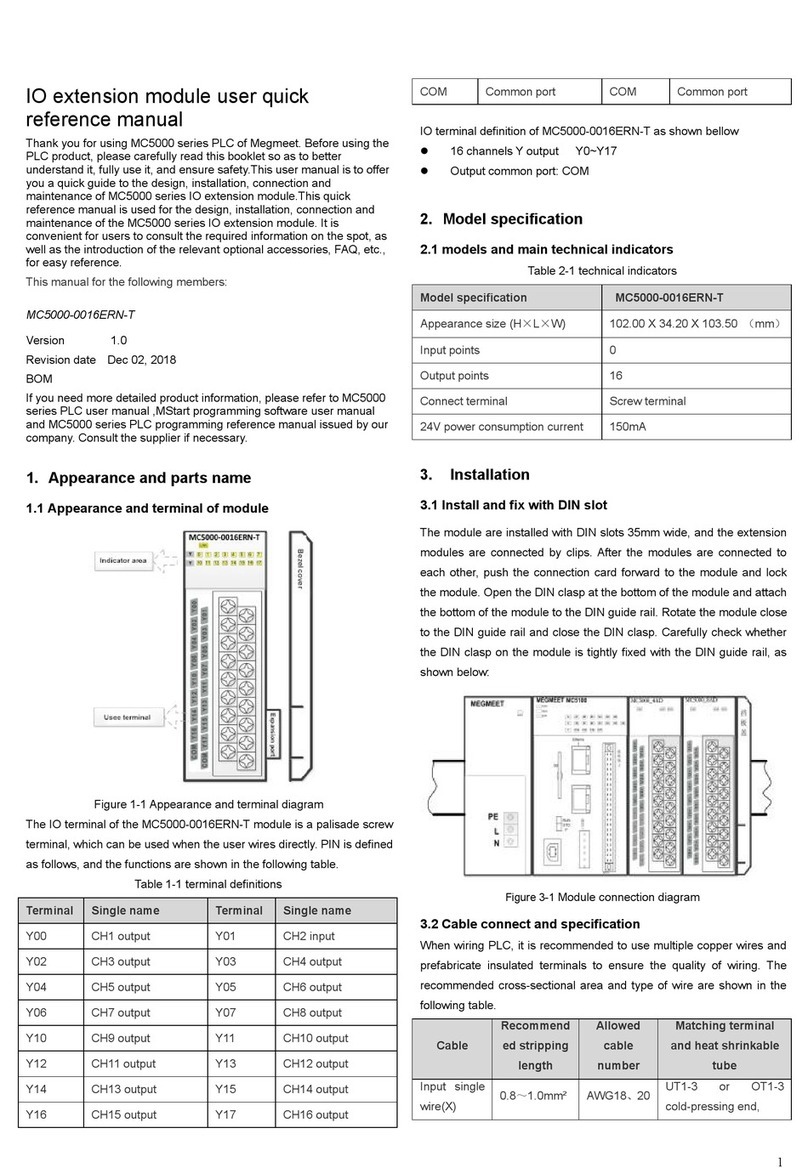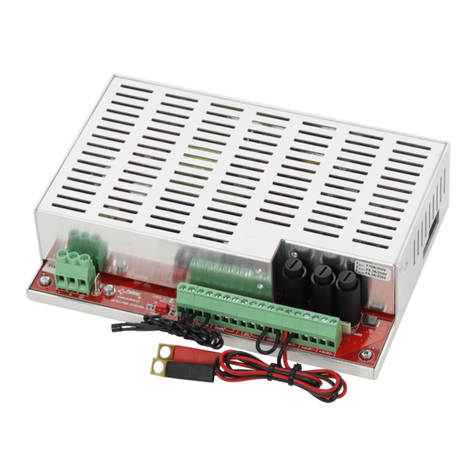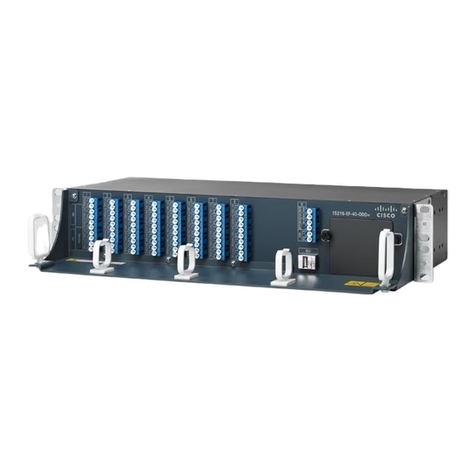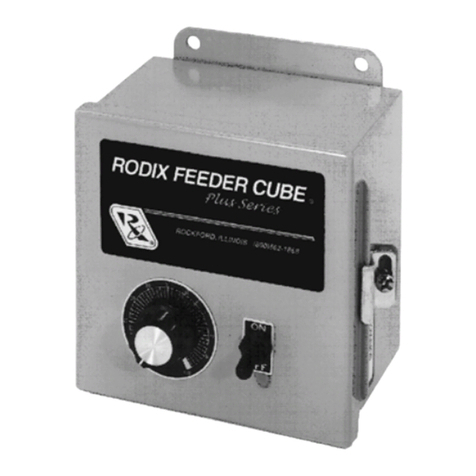
start with .25Hz and 4Hz triangular input signals, both with similar amplitude and polarity, any LFO or
looping envelope will work. Be sure to turn up the attenuverter on input 1.
if the pitch output range is too wide, turn the pitch range knob to the left. The overall range of the pitch output
is derived from the amplitude of the input signals, so reducing the amplitude of your input signals will also
reduce the pitch range.
if you prefer to drive your envelope generator from a trigger source, connect it to the trigger output on coherence.
this outputs a trigger every time the pitch changes.
there are 3 trigger sources:
divider output
input signals are equal
direction changes on input 2
multiple trigger sources can be enabled by pressing, then releasing their buttons at the same time.
the reset button on the divider resets the count and bypasses the divider as long as the button is held down or
the reset cv input is high.
output 1/2 and 2/2 are usually the first and second halves of the divider out. output 1/2 goes high when the divider
out goes high. output 1/2 goes low and 2/2 goes high when both inputs are equal to each other. output 2/2 remains
high until the divider out goes low. if the inputs do not become equal, 2/2 wouldn’t go high and 1/2 is the same length
as the divider out.
the divider outputs the first coherence gate and drops further gates the count of 1 to 16 is reached. press the
desired button for values 1-8. press and release multiple buttons to set values 9-16. the divide by value can
be modulated at .625v per step. use the divider output and a multiple of the pitch output to drive a 2nd voice.
the remainder outputs all the coherence gates that are not output from the divider. you can drive one voice with
the divider and one with the remainder, then play with the divider settings to adjust the distribution of notes between
the voices
for additional information, please visit metabolicdevices.com
how to begin
connect the coherence output to the gate input of an envelope that drives the amplitude of a voice.
adjust the coherence amount to vary the the patterns by hand or with a cv source.
you may like to increase the rate of the .25Hz signal for more pitch variety.
for additional variations, adjust input 1 with the attenuverter and dc offset controls.
now you should be getting patterns of synchronized gate and pitch events driving your voice. because the input
signals are free running, the patterns will evolve as the phase relationship between the inputs changes.
connect the pitch output to the v/oct input of that same voice.

